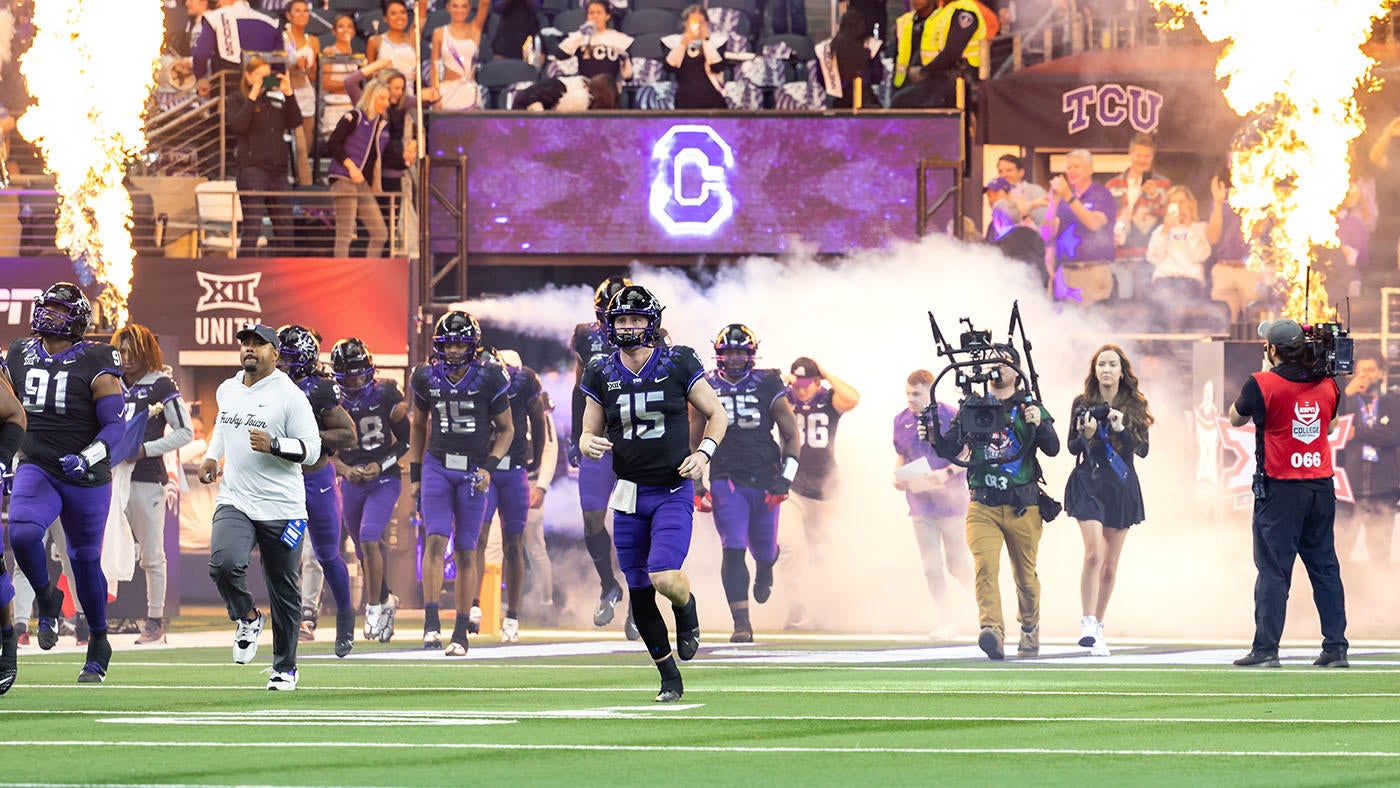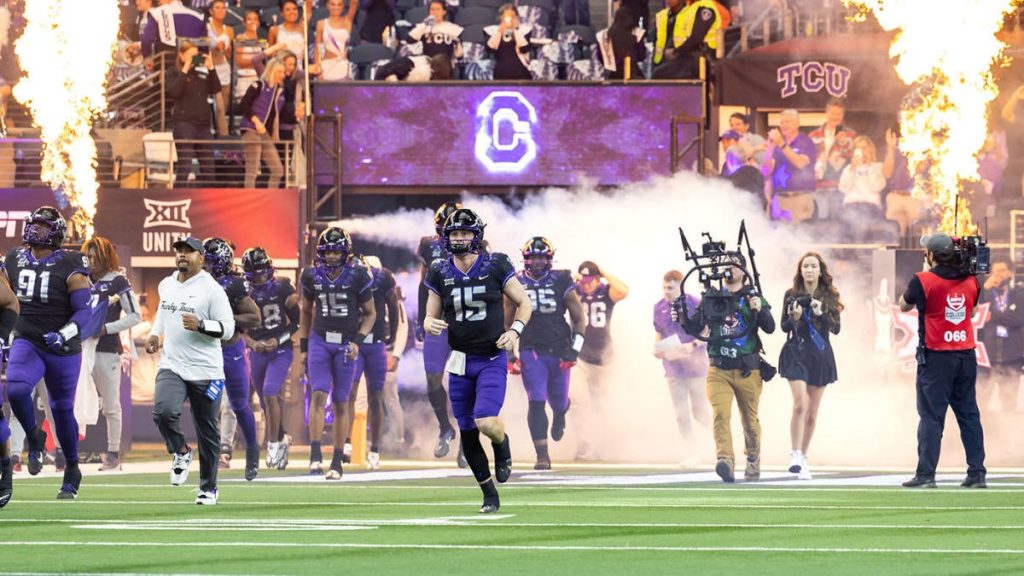
Presidents and chancellors from the Big 12 and at least a portion of the ACC will meet next month to view formal presentations from leaders of two proposed college football postseasons, sources told CBS Sports.
The widely circulated, much-discussed “College Student Football League” and “Project Rudy” would essentially end the NCAA’s oversight of major college football. Both would include a fraction of the current 134-member Football Bowl Subdivision and be funded by outside entities.
Baylor president Linda Livingstone initially sent a letter to the CEOs of the other Power Four schools (ACC, Big Ten, SEC) regarding a summit about the future of college sports. The Athletic first reported the correspondence from Livingstone to the other conferences.
However, details have emerged on how that meeting came about. Big 12 presidents first wanted to hear more about both postseason proposals, which emerged this year. Livingstone is current chair of the Big 12 CEOs.
That Big 12 discussion evolved into an invitation of all the Power Four schools about the models and future of college athletics. Presidents from the SEC and Big Ten are not expected to attend; their commissioners have shown public disdain for both postseason models.
“It’s disappointing they’re poo-pooing it,” said North Carolina AD Bubba Cunningham, listed as a CSFL ambassador. “Even if you attend the meeting and participated and decided it wasn’t for you, that would be at least to me a better thing to do. But just to dismiss it out of hand is frustrating.”
Sources told CBS Sports there was interest from a few Big Ten and SEC CEOs about the meeting, but they eventually made the decision not to attend. A number of ACC presidents have shown interest in attending, sources said.
The idea for proponents of both models is to target college presidents as a way to eliminate the middle man (athletic directors). The meeting provides a way to get in front of those CEOs who control purse strings at universities and would have to make the ultimate decision on any radical changes to the sport.
“I do not believe that leaving it just to commissioners and athletic directors [is the way to go], because when you do, you do not get the view of [the university as a whole],” West Virginia president and CSFL ambassador Gordon Gee told CBS Sports earlier this year.
On Thursday, Gee texted he was “hopeful” about the meeting.
Len Perna, chairman and CEO of powerful search firm Turnkey ZRG, has emerged as the leading voice of the CSFL. His so-called “super league” would take the top 80 schools and create a single-entity league similar to the NFL.
Project Rudy is a slightly different model. It would include the top 70 schools with funding from Smash Capital, a private equity firm. The $9 billion investment would expand the college football postseason and feature tiered revenue distribution.
In both cases, the bottom of FBS would not be included.
During an appearance on the “Dan Patrick Show” this week, NCAA president Charlie Baker questioned a system that essentially bifurcates FBS.
“My point is just that if you just take this year, look at Indiana,” Baker said. “Nobody thought that Indiana was going to be 10-0 at this time. To me, what’s happening right now in college football is a sense that there are a lot more games that matter week to week than there were a few years ago.”
In the same interview, Baker said “there’s room” for the NCAA Tournament to expand from 68 teams to “72 or 76.”
Various administrators and experts have speculated such a change to college football could not begin until at least the next decade. The Power Four conferences are tied to their lucrative media rights deals until then. However, the need could escalate if a collective bargaining, union and/or employment model emerge in college athletics. In that case, schools would need even more money to compensate athletes in what is increasingly becoming a pay-for-play system.
But without support of the SEC and Big Ten, do the proposals have a chance?
“I’ve studied it a little bit and I come back to, I don’t want to dumb down the Southeastern Conference to be a part of some ‘super league’ notion with 70 teams that some people speculate would happen,” Sankey told the “Triple Option” podcast last month. “They want to be us, and that’s on them to figure it out, not on me to bring myself back to Earth.”
“I have yet to see a single thing in any plan that contains things that we couldn’t do ourselves and do with our [Power Four] colleagues,” Big Ten commissioner Tony Petitti said last month.
